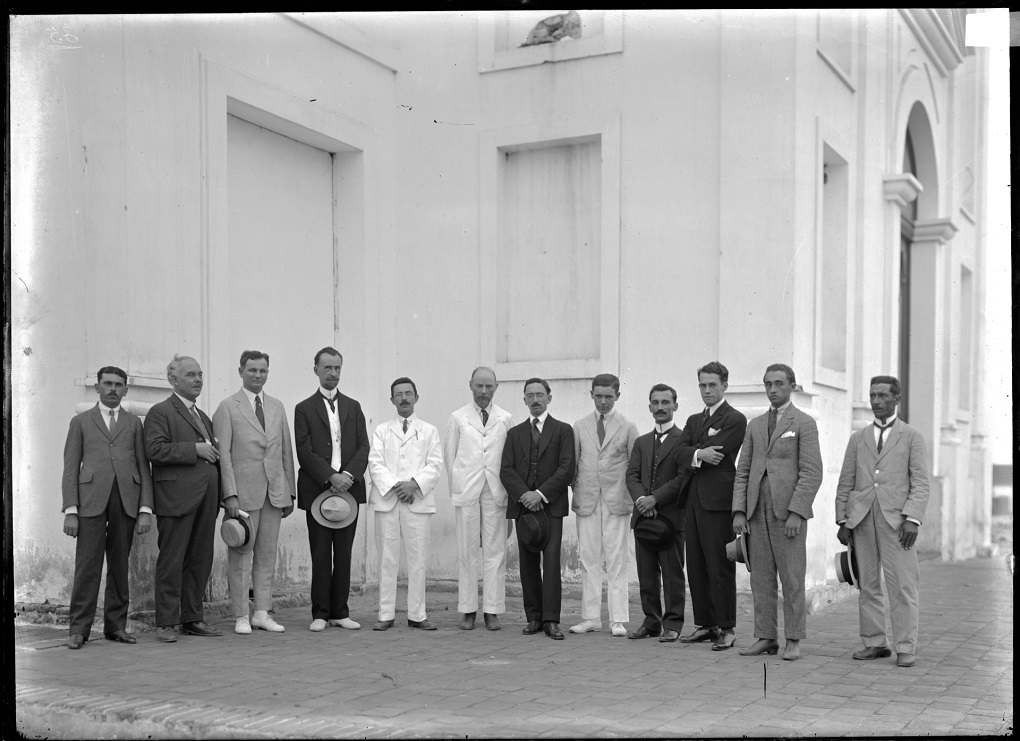
1 - DAILY
Moments that preceded the beginning of the eclipse, with the participation of the population of Sobral
The plates of daily lives reveal the habits and customs of the population of Sobral and the weather conditions at the time of the eclipse.
Photographic plates were also used to photograph the day to day population. People, monuments, events, nature. In short, everything was recorded in this device, which was used for more than a century to keep the important moments in the history of societies.

Moments that preceded the beginning of the eclipse, with the participation of the population of Sobral
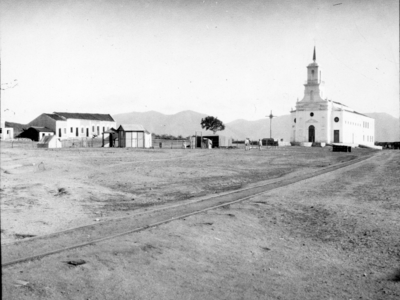
Equipment mounted at Praça do Patrocínio with the church Nossa Senhora do Patrocínio in the background.
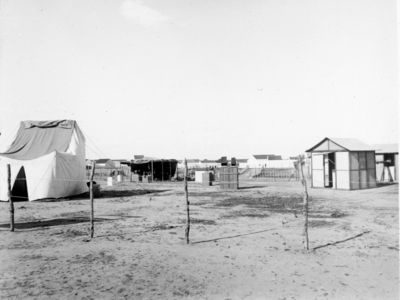
Detail of temporary constructions housing observation equipment and personnel.
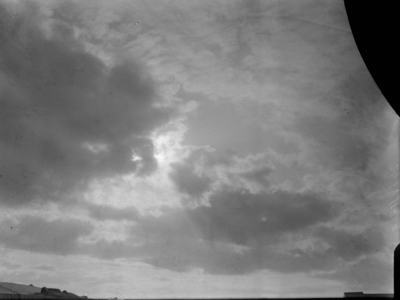
Detail of the sky with thick clouds moments before the beginning of the eclipse. Small clean regions are observed, which made possible the observation of the eclipse.

Allyrio de Mattos, specialist in spectroscopy, making observation to the telescope.
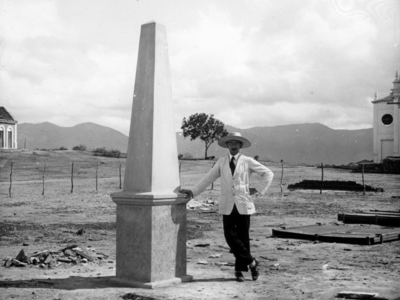
Allyrio de Mattos, specialist in spectroscopy.
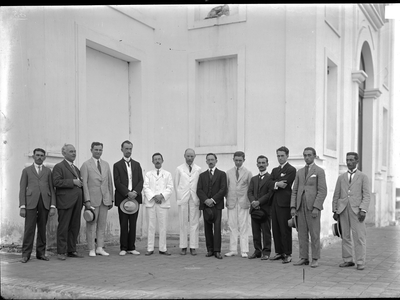
Members of the Sobral's Eclipse Expedition.
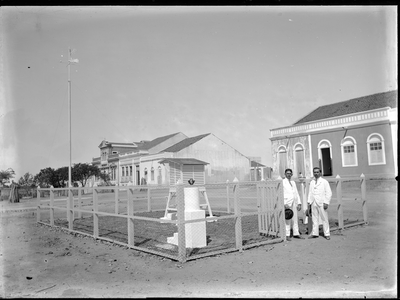
Meteorological station to carry out local measurements of temperature, pressure and winds. To the left, Luiz Rodrigues (Meteorologist) and José Jácome de Oliveira (Mayor of Sobral).
Seven plates made at the eclipse maximum point are presented. The observations were carried out with the Mailhat constructor astrographic refractor telescope, with 15cm of objective aperture and 8m of focal length, conjugated with a celostate (set of flat mirrors that allow to register the reflected image of the Sun on a photographic plate). These plates are 23.5cm x 18cm in size.
The images on the plates were obtained when the disk of the Moon totally covered the disk of the Sun, which started at 8:55 p.m., local time, on May 29, 1919. During 5 Minutes and 13 seconds it was possible to record the phenomenon.
At the bottom of the plates you can see a scale of gray tones, called Sensitometry, used to determine the characteristic curve of the photographic emulsion. The curve provides the sensitivity, contrast, fog and saturation region.

Plate I

Plate II
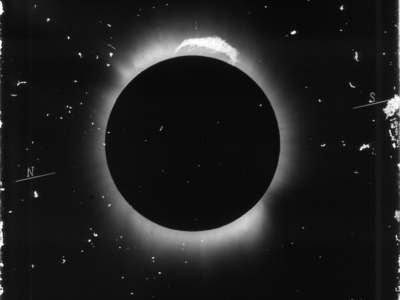
Plate III
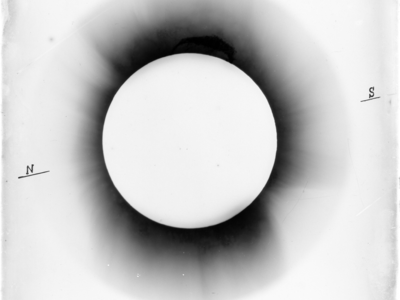
Plate IV
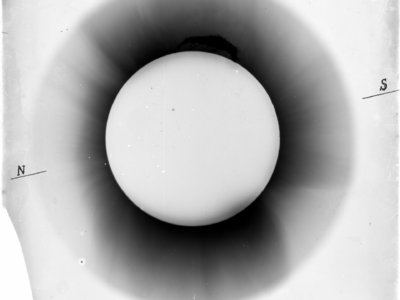
Plate VI
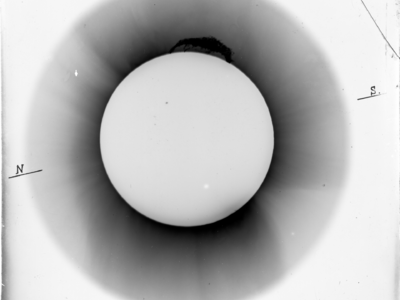
Plate VII
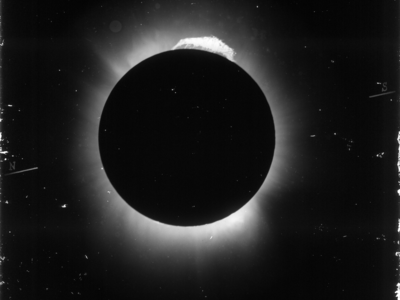
Plate VIII
In periods of great activity, the sun emits enormous plasma arcs (ionized gas) that are released hundreds of thousands of kilometers in the solar corona. In Sobral's eclipse, the size of this arc was approximately 516,000 kilometers, reaching a height of 142,700 kilometers. The two images show the details of this phenomenon.
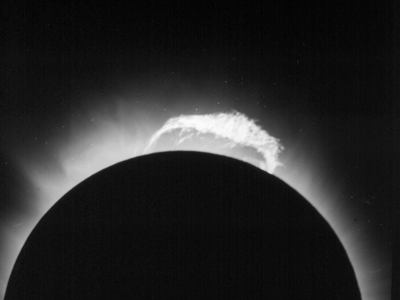
Detail of solar protuberance.

Detail of solar protuberance.
In addition to participating in the support and organization of the observations of the eclipse, the Brazilian team made observations of the solar corona using a spectrograph, equipment that records the various "colors" (frequency) that make up the light emitted by the source (in this case, the sun).
The spectrograph is a device that performs the photographic recording of a light spectrum. It was used by the Brazilian expedition to observe and analyze the mechanism responsible for the high heating of the solar corona. The "bands" in the photographic plates represent the observation of the region of the solar corona.
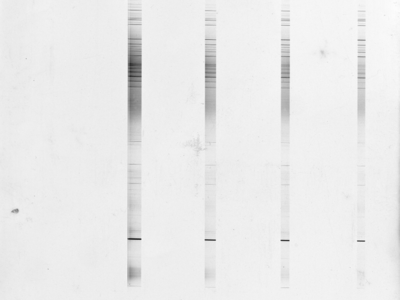
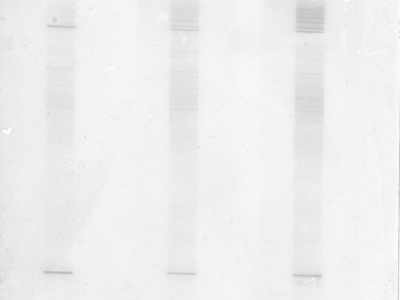
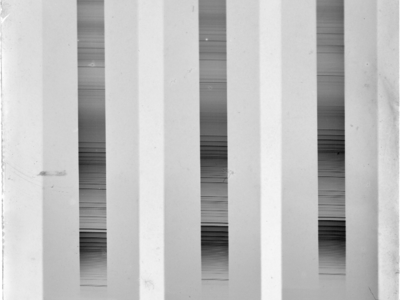



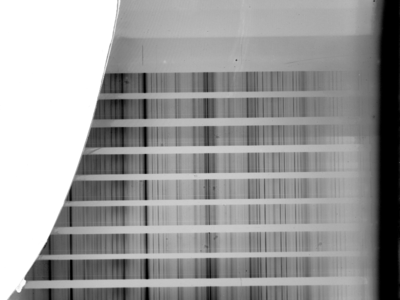
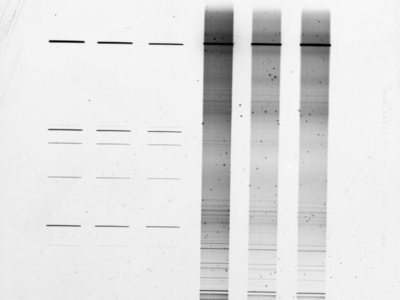

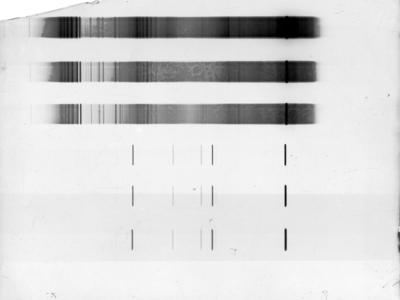


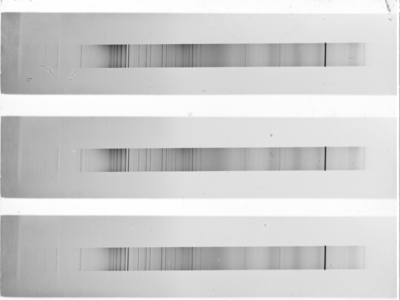
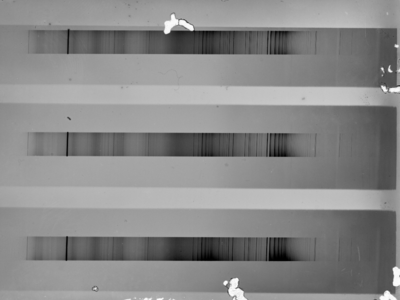
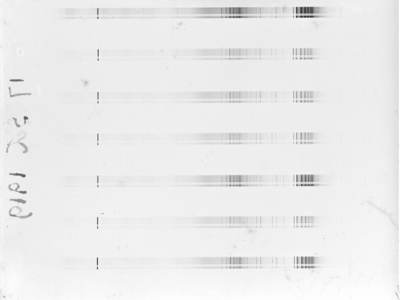
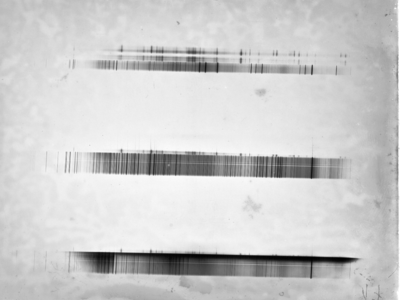

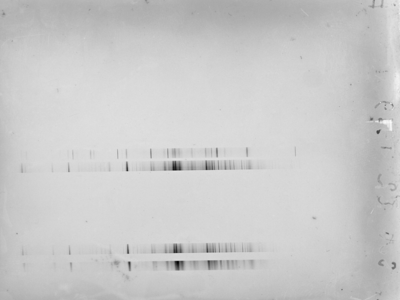
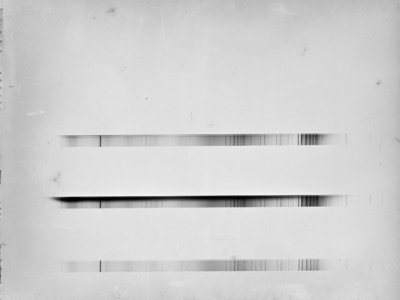
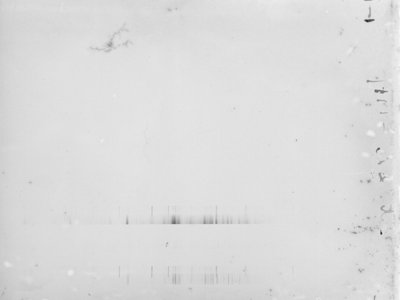
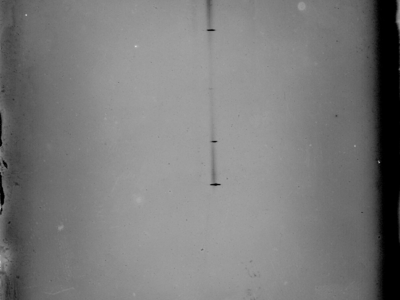
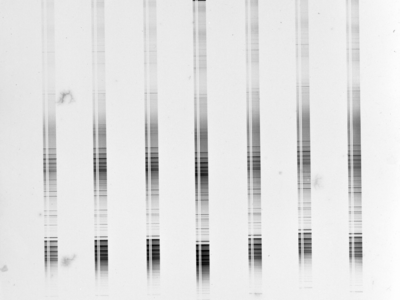
Image of the teams that observed the total eclipse of the sun on May 29, 1919, in Sobral (CE).
